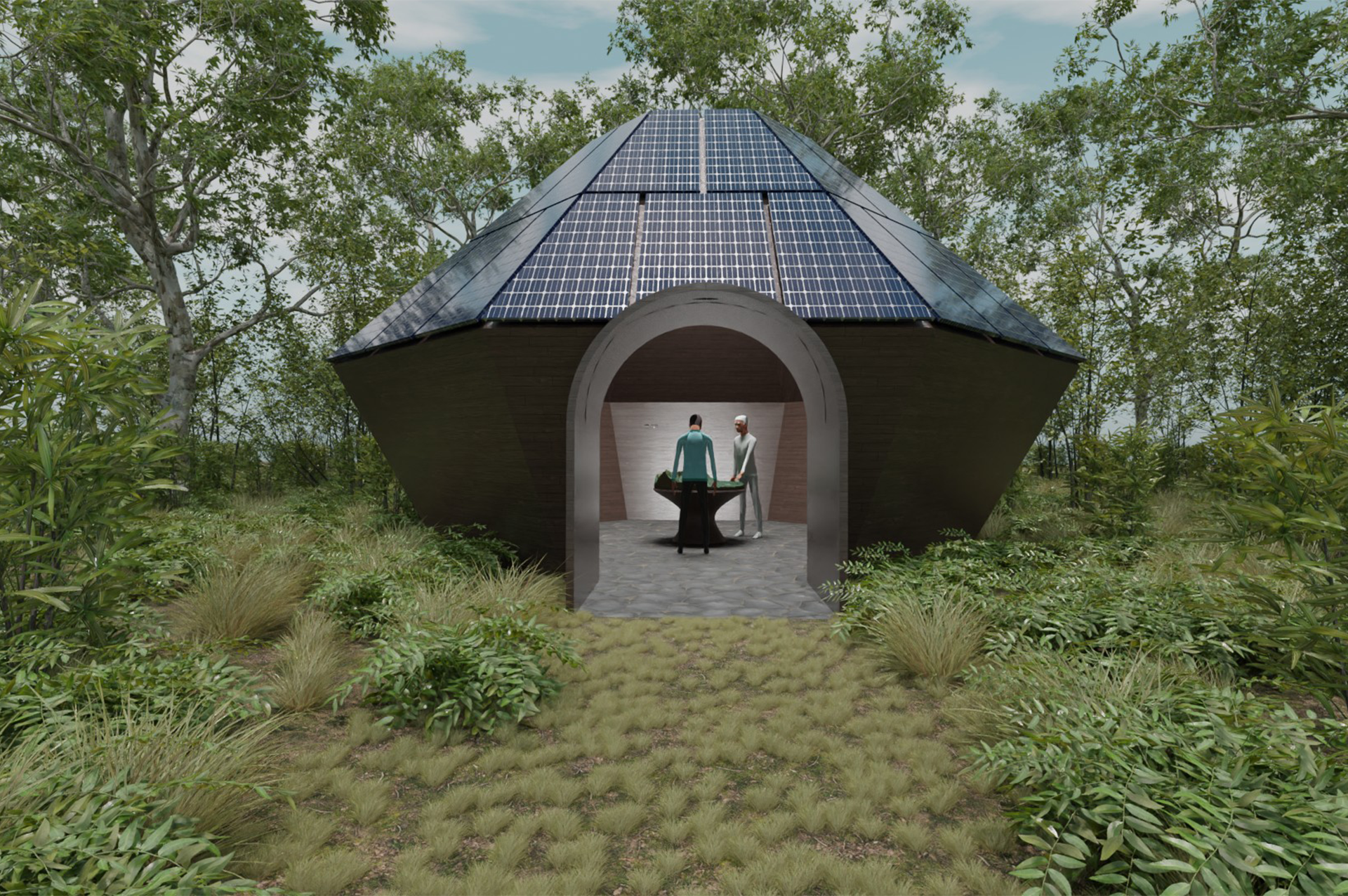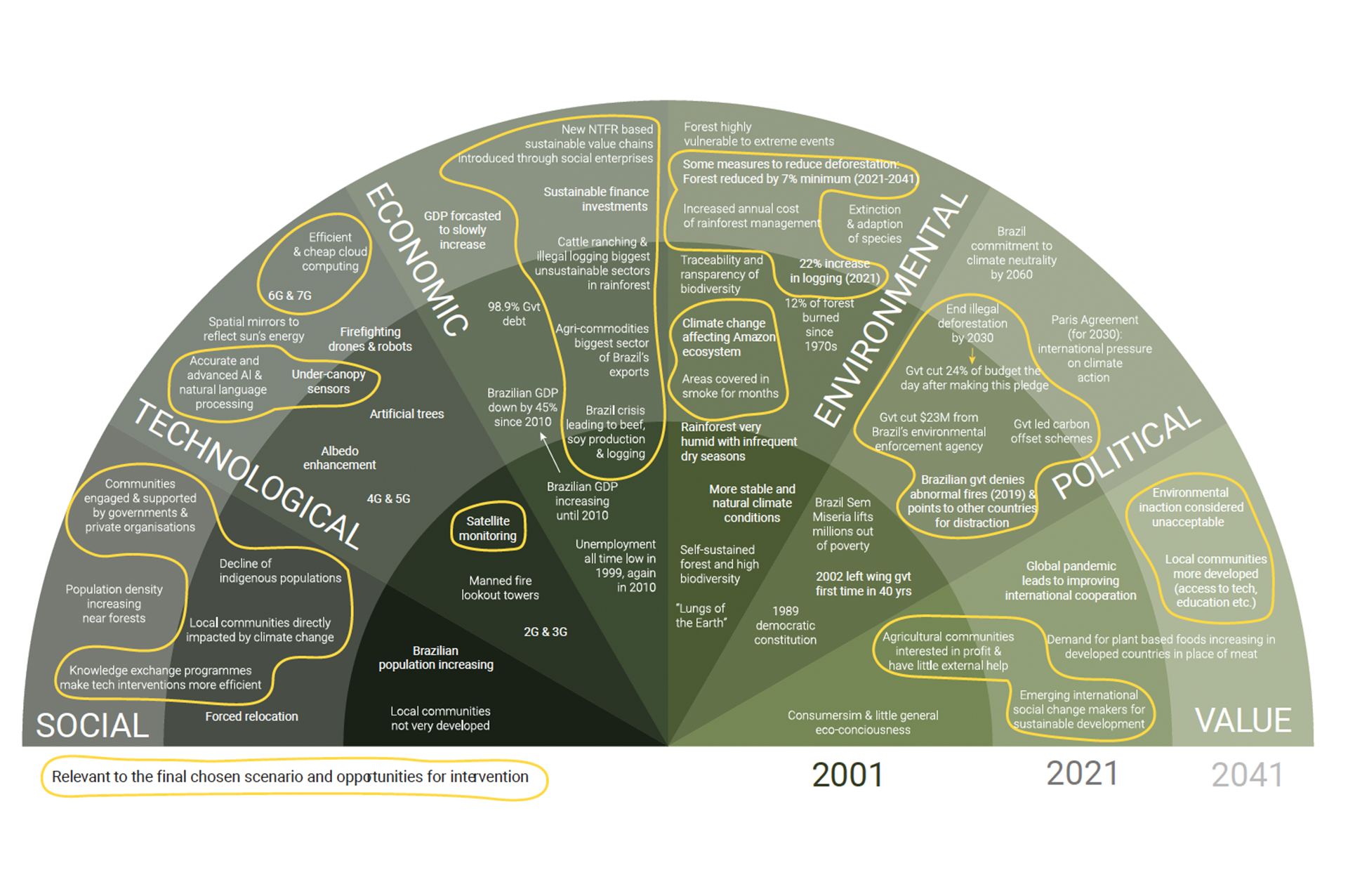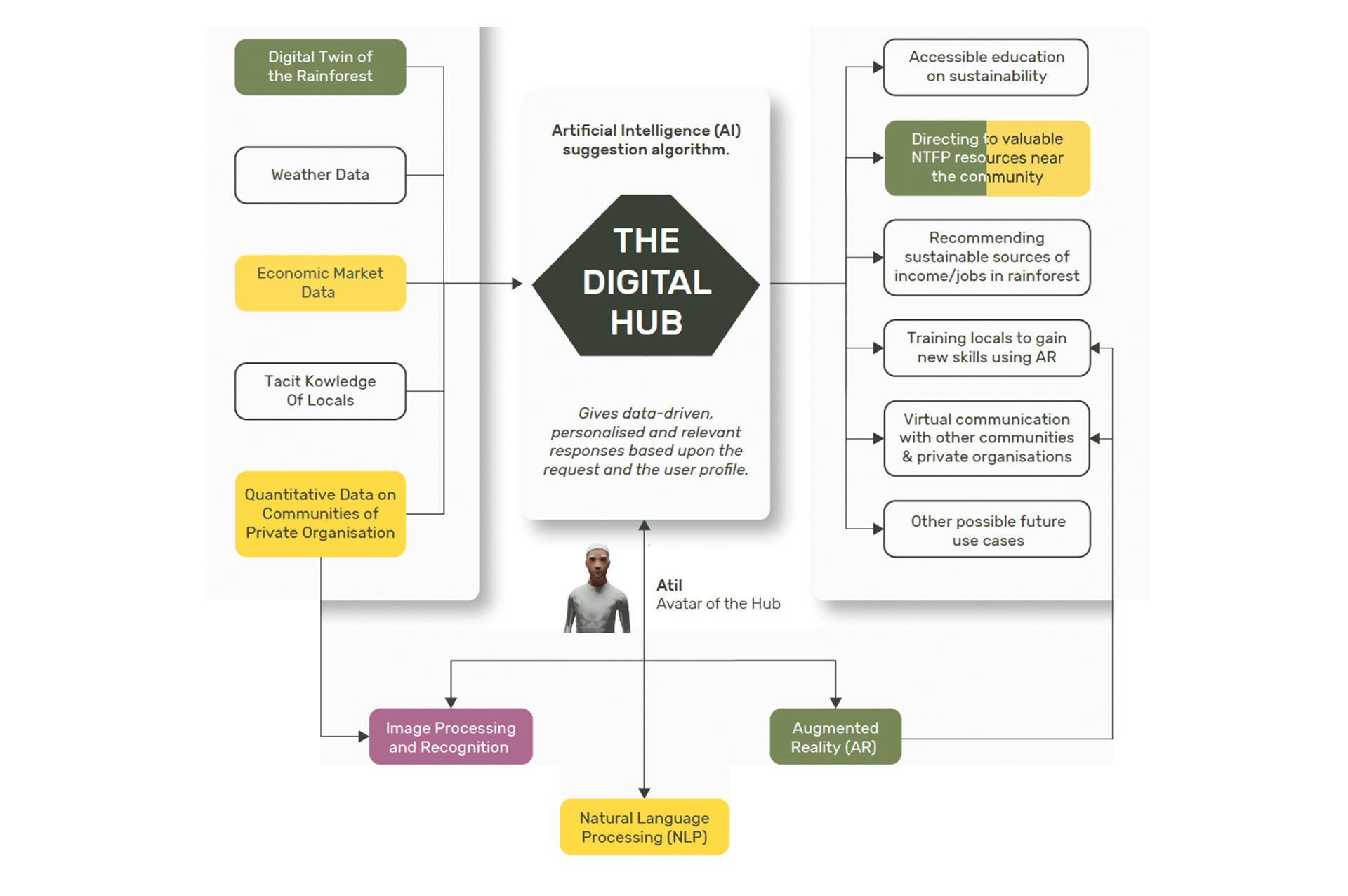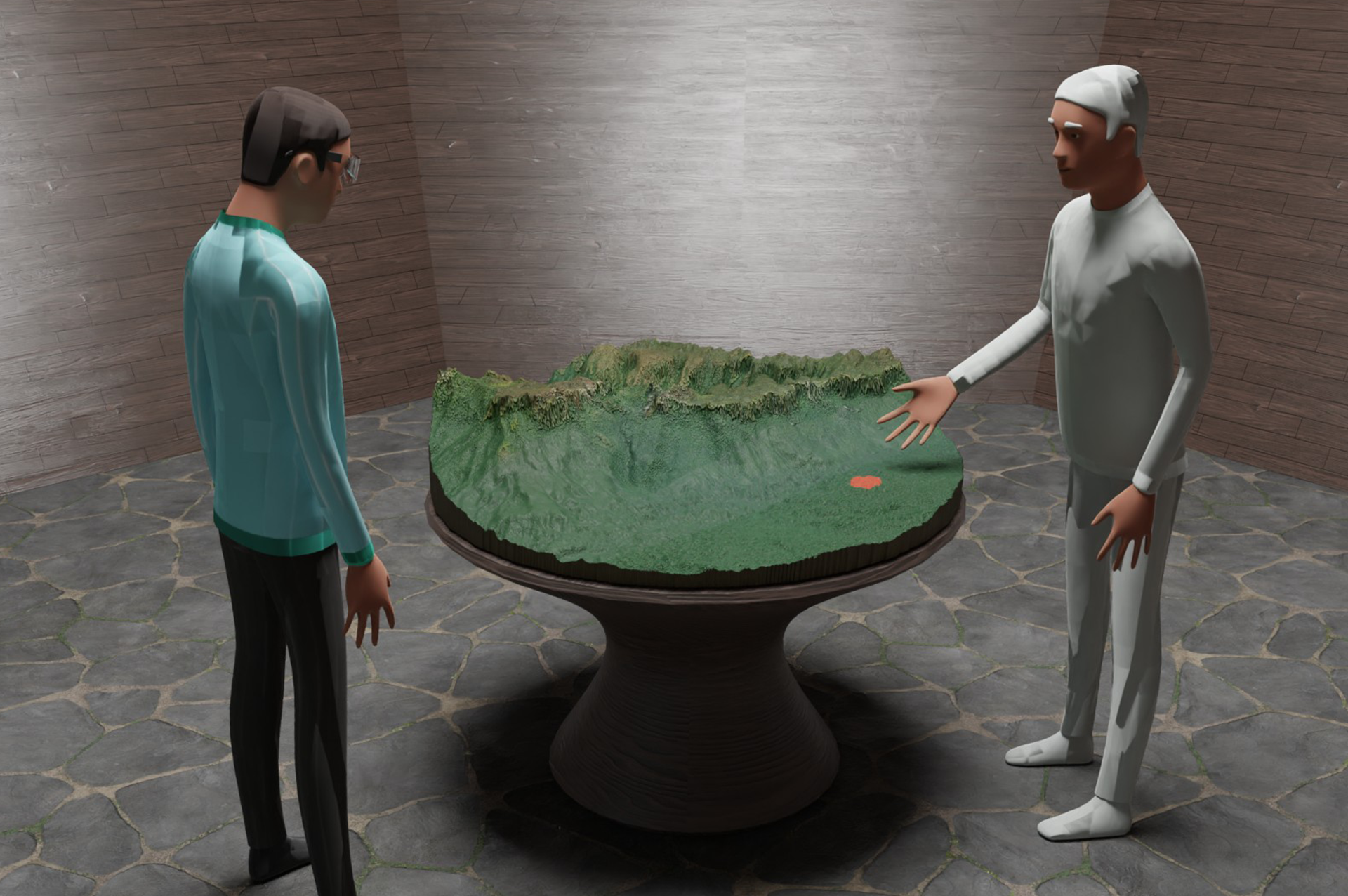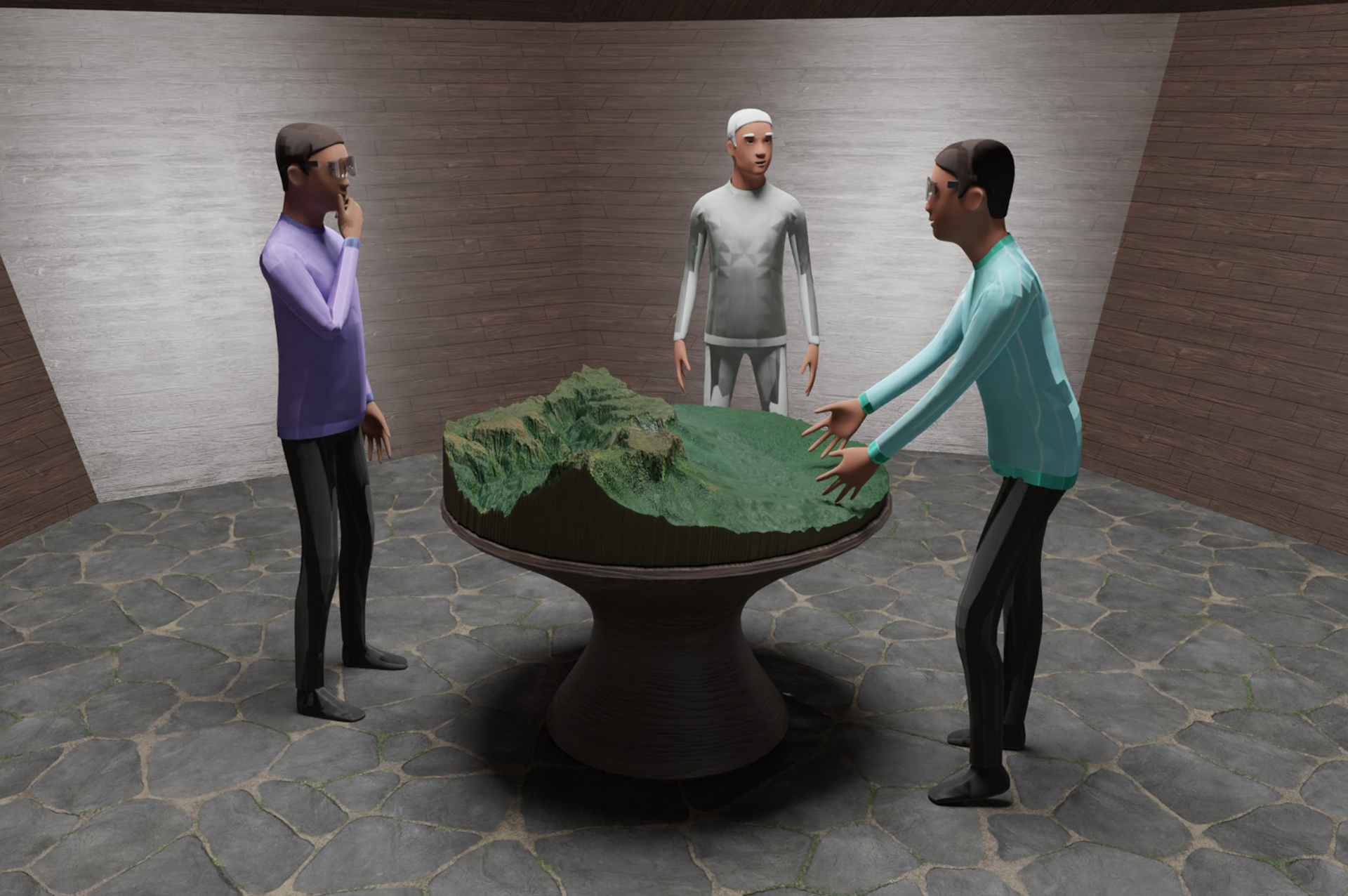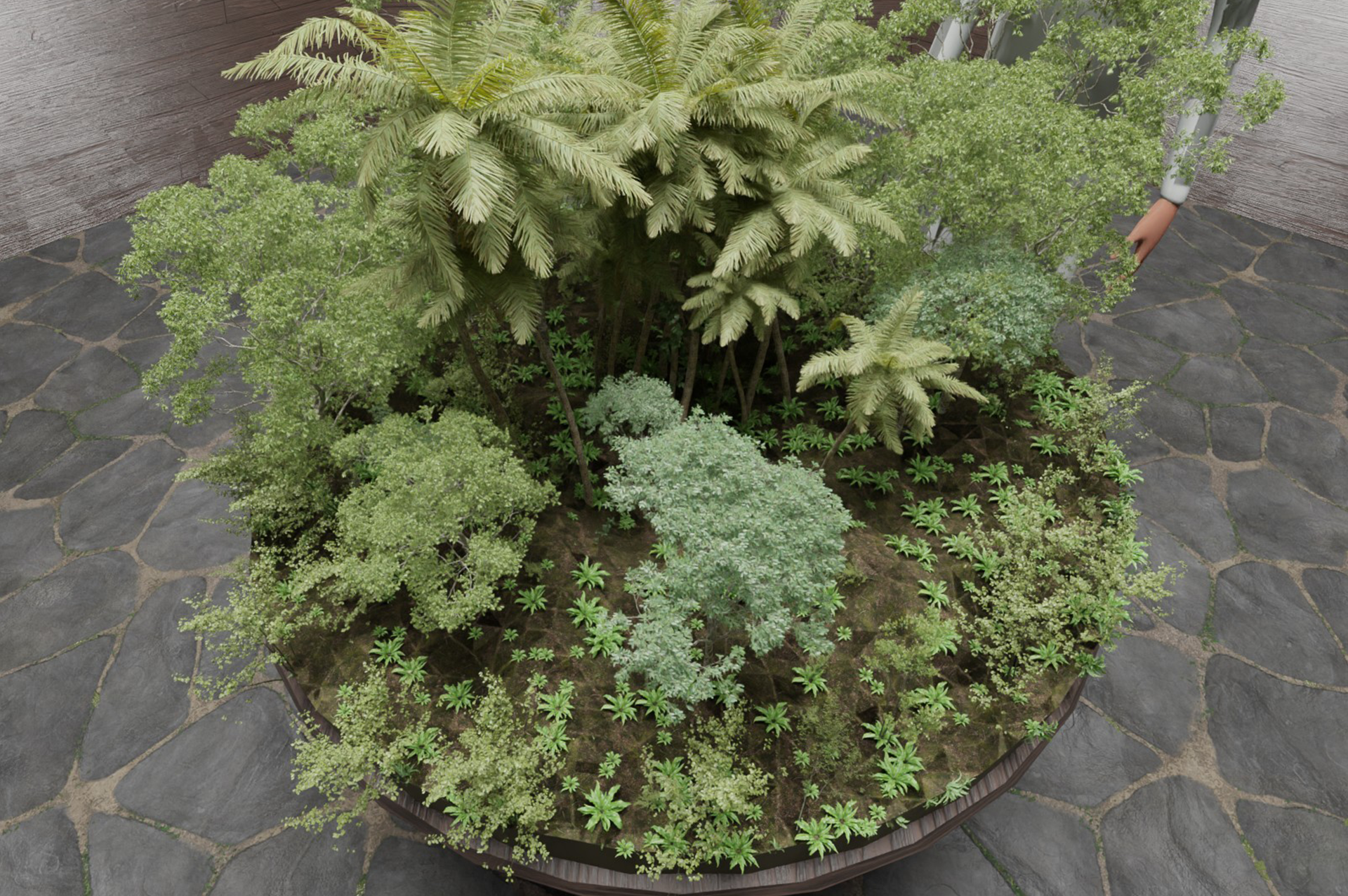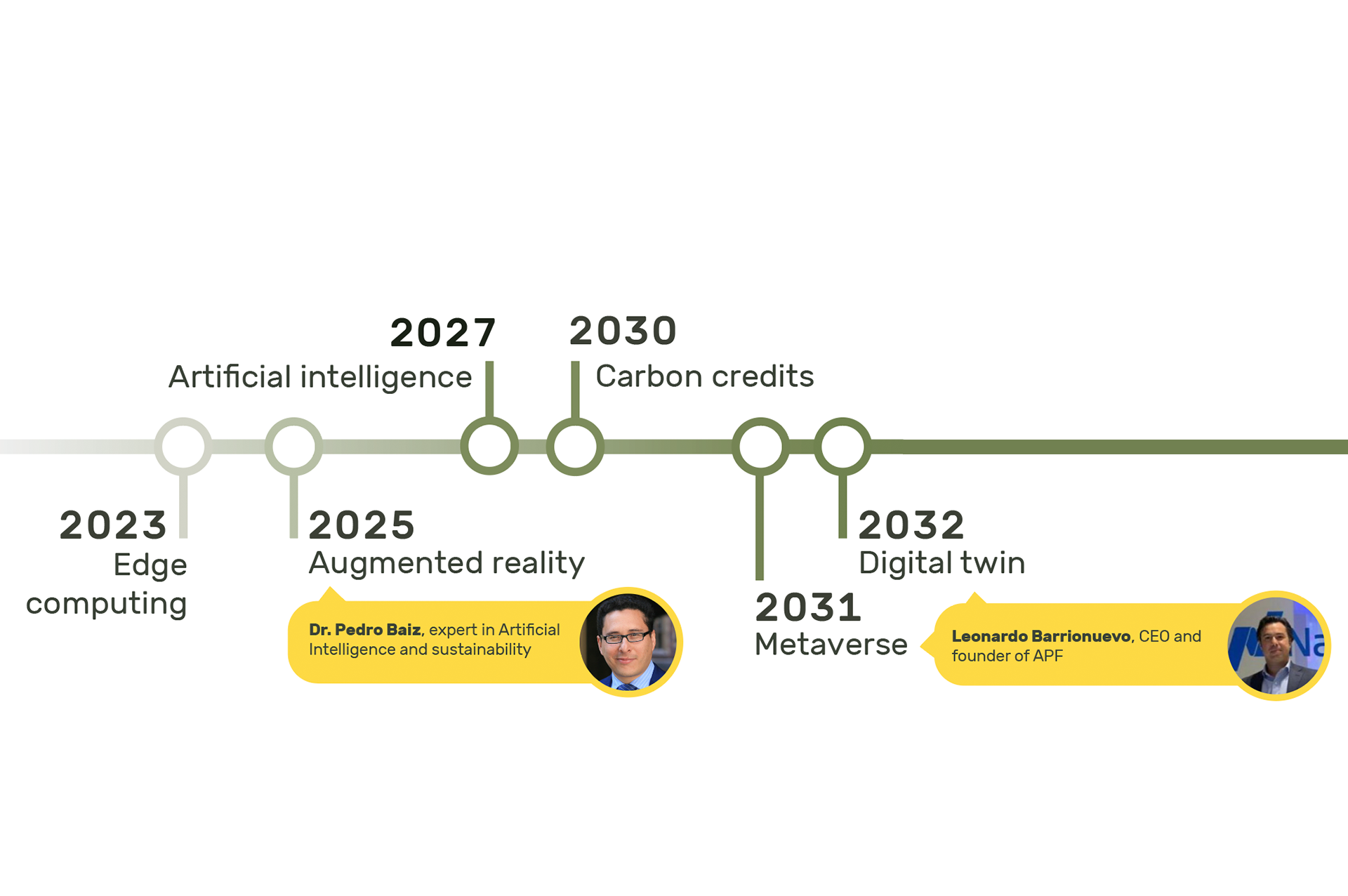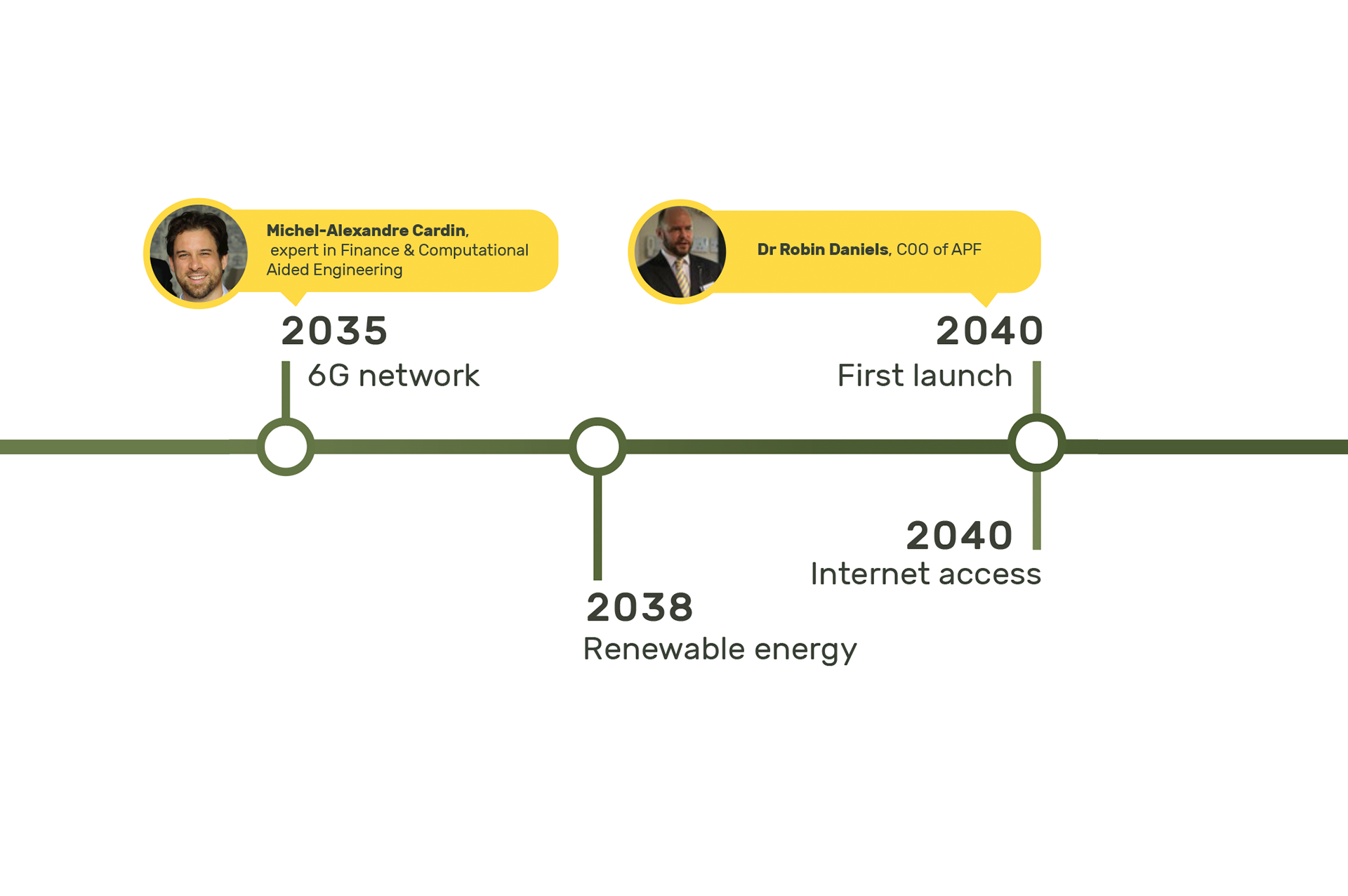Commend
Info
This was undertaken as a group university project in 2021/22 for our 'Design Engineering Futures' module. We were tasked with analysing social, environmental, technological and economic trends to predict a significant global issue in the year 2041; before designing and developing a feasible future solution to this challenge.
Problem
Slash-and-burn agriculture is a leading driver of forest fire in the Brazilian Amazon rainforest. This is caused by farmers clearing land for cattle ranching and soybean production. In 2041, increased global temperatures and extreme droughts will exacerbate these fires, increasing their frequency and severity. This will endanger the inhabitants and wildlife of the forest, and further contribute to the vicious cycle of global warming.
Solution
Commend empowers inhabitants to make informed choices. An interactive Hub, positioned within non-indigenous rainforest communities, provides an unintrusive experience. Through conversing with 'Atil', an AI-powered avatar, the user is offered profitable strategies for harvesting and selling Non Timber Forest Products (NTFPs), such as açaí berries. This provides sustainable income, eliminating reliance on slash-and-burn activities.
Further
This project was kindly supported by EBCF and the Amazon Protection Foundation (APF), who own private rainforest reserves. This collaboration was essential to creating a solution that yields effective engagement with local communities, and has helped us in achieving outstanding recognition in the form of a DESIRE Award.
